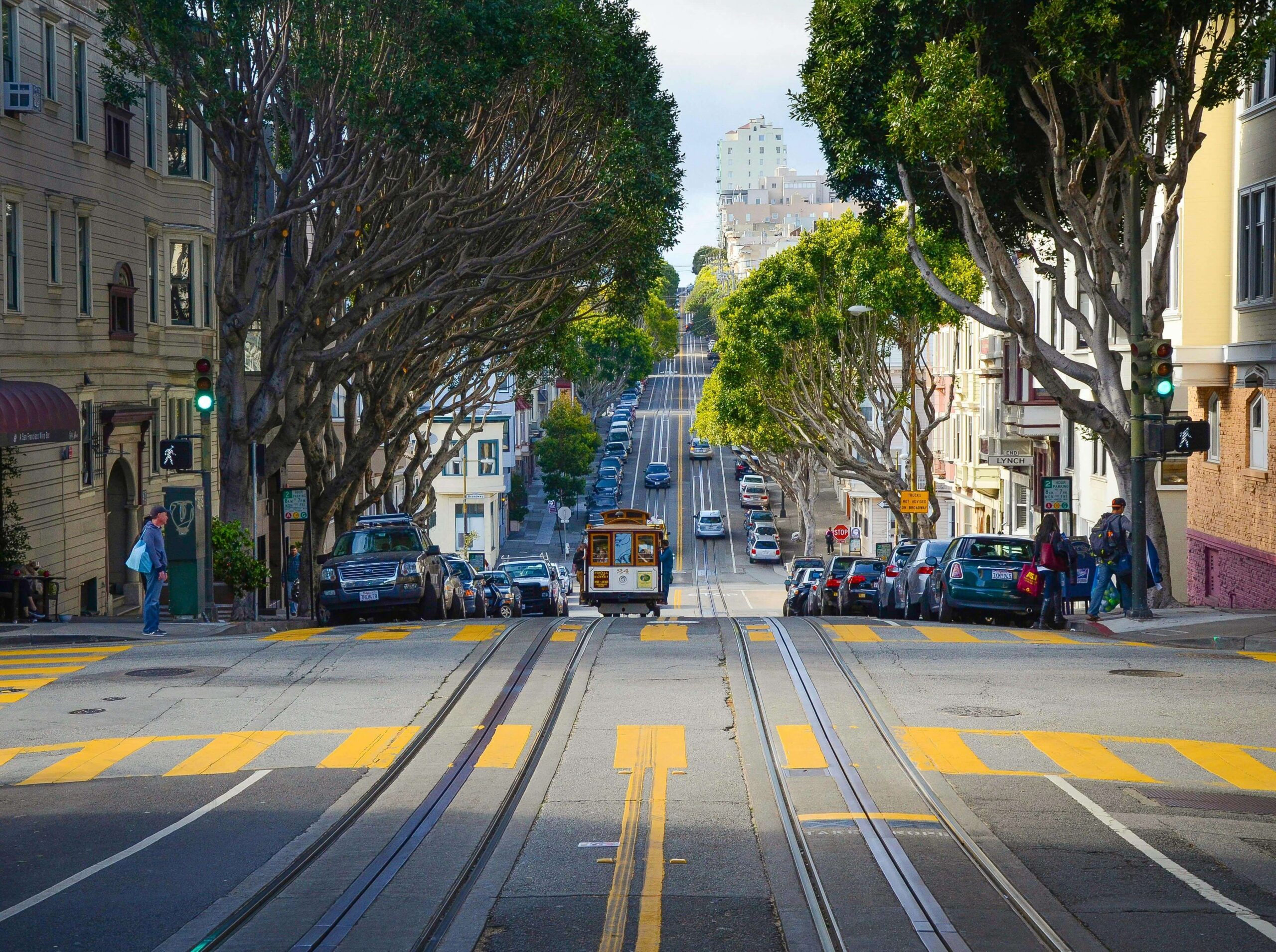Be a tourist. Wherever you are, even your “boring” hometown where you have always lived, be a tourist in it and learn about it. Even if you think your hometown is boring and dry as sawdust, not everyone comes from where you live. They will find your hometown interesting. As a writer, you get to introduce even your “boring” hometown as a new place.
For example, I met some friends who claimed that their hometowns were boring. These friends were from Indiana, Ohio, and Nebraska. When I asked more about their hometowns, I became fascinated by their descriptions of the weather and the culture. I have never lived in these states, so to me, their “boring” hometowns were fascinating.
Remember, familiarity breeds contempt. What you find dull and uninspiring can be quite fascinating to other people.
Agatha Christie wrote many of her books in a “boring” setting—the English countryside. Jane Austen wrote many of her books in the same setting. Yet Christie and Austen were able to bring so much interest to these places because of their unique writer’s eye.
Superman came from Kansas. Thor crashed in New Mexico. The Vampire Diaries series was filmed in a small town in Georgia. It doesn’t matter what “boring” place your main characters tumble into—you can craft a unique setting, wherever you are.
Be a tourist in your hometown. Look at it with a different eye.
A trick you can use is making your characters be the new kids in your town—you’ll see it from their eyes.
Use these tips wherever you go, whether in your own hometown, or in a new place you are vacationing in, visiting, going to college in, or perhaps you just moved to. These are great observations to practice in your writing journal, if you have started one.
1. People
Observe the people. Write about them. Their clothes, their accents, the cars they drive. Look for funny habits and odd, unspoken customs. Look at the colors they wear and the hairstyles they choose. What is the most common personality you see—left-brained or right brained, introverted or extroverted, adventurous or cautious? What do they do with their free time? Help your readers get to know these people as if they lived there.
2. Buildings
Observe the buildings. What are expensive houses like compared to smaller ones? What colors are most common? What do the lawns, gardens, and mailboxes look like? What do apartments, hotels, and businesses look like? Are any of the standard franchises like McDonald’s or Starbucks adapted to the surroundings at all? Study the architectural styles and identify as many as you can.
3. Nature and Wildlife
Observe the nature and wildlife around you. What birds and animals do you see the most often? What are their names? (You can use a bird or plant identification app to find the exact names.) What trees line the roads? What bushes show up in parks or public spaces?
4. Food
Try the food. What foods and drinks are most popular? Is there a signature dish in the area? Are there funny festivals, like a Mac n’ Cheese Festival or an Apple Pie Contest? As you drive or take a walk down the street, see if you can smell food cooking from kitchen windows, backyard grills, or restaurants.
5. Names
Observe the names. What countries do you see represented on businesses. Cajun names like Arcenaux or Thibodeux in New Orleans, or perhaps Hispanic names like Sanchez and Gutierrez in Miami?
6. History
Learn the history of the area. Was there a famous battle fought nearby or a smuggler’s hideout or a popular ghost legend? Was anything invented there or anyone famous born there? What are the folk tales and popular stories told in the area? Check out the library or historical society to find information ranging from emergency response plans to local exhibits and events.
7. Local Watering Holes and Famous Sites
Spend time at the local watering holes or famous sites. Don’t avoid the “touristy” places just because they are touristy. Go enjoy them—remember, you are a tourist. Tourist-friendly spots are important because they are like the area’s social media page—they are what the city wants to tell you about itself. Enjoy the famous museums, the visitor center, the city park, the downtown center, and the “welcome to our city” mural. Try the most popular café and the hole in the wall souvenir shop. Try it all!
8. Overall Aesthetic
Observe the overall color palette and aesthetic. Create a Pinterest board that represents the overall aesthetic of the area. Is it golden wheat that turns into desolate, tree-studded snowy hills in winter? Is it an emerald coastline with blue and seafoam green condos along the beach? Is it blazing dry heat and brick red houses surrounded by cacti?
9. Music
Create a playlist for the mood. Would it be peppy salsa music or drowsy coffee shop music? Beachy guitar instrumentals or classic 1950s swing? Listen to the music blasting out of passing cars’ speakers or back patios. Listen to the music in the businesses, whether the playlists are a decade out of date or nonstop Billboard Hot 100 songs.
And now, finally—get creative and mix it up.
Imagine something happening in your town—an alien invasion? A mafia war? A zombie outbreak? A vampire moving into that creepy mansion on the hill? Or perhaps imagine magic integrating with your town. Maybe fairies run the bakery, and werewolves run in the woods. (Or maybe the coffeeshop. Be suspicious of your barista.)
There’s no limit to what you can do with any setting. Make the most of your vacation—or use your hometown.
Remember to always be a tourist. Ask lots of questions and take lots of pictures.
Sending love,
Anastasia xoxo

